The story of the Soho Home handmade tile
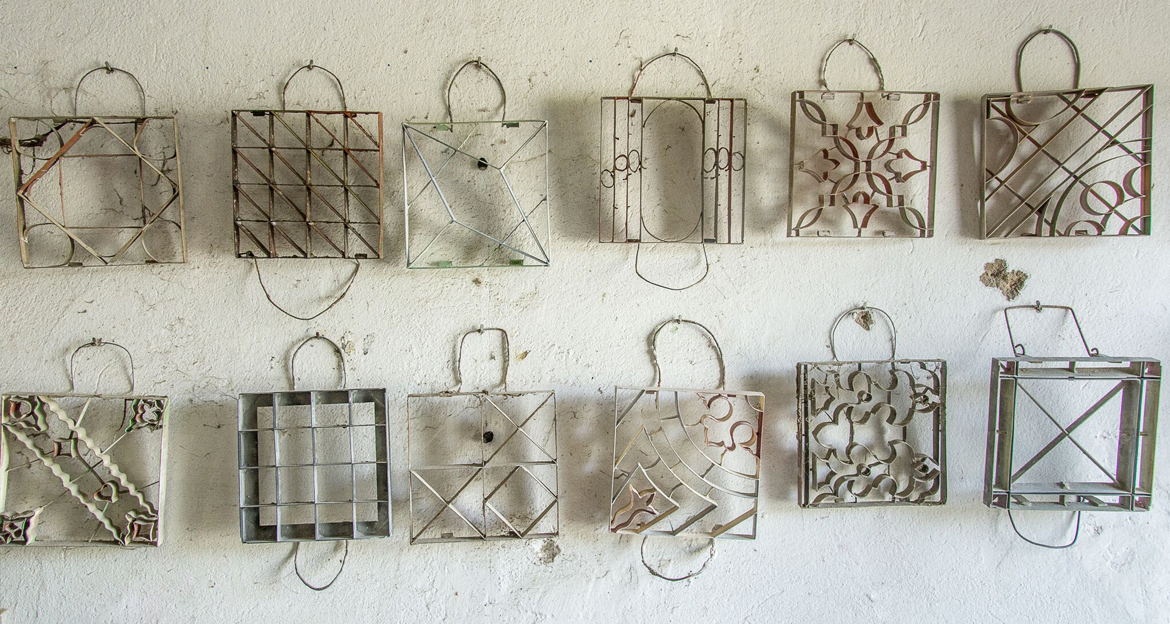
Glance around any Soho House and chances are before too long you’ll spot a striking tile by Bert & May. They’re on the rooftop at Soho House Berlin and in the club spaces too, as well as at 76 Dean Street and many more places besides. We love them for the geometric designs that suit both traditional and contemporary interiors and for their soft, richly pigmented shades, obtained from natural minerals rather than synthetic sources. Now you can have them at home too.
Our new collaboration with Soho Home sees three tiles from Soho House Berlin, Soho House 76 Dean Street designed in house and handmade by a fourth-generation family business near Cádiz in Southern Spain bought to your home. Read on to learn more about the artisanal techniques and natural materials that go into every single one.
Natural Pigments
Makers Mould
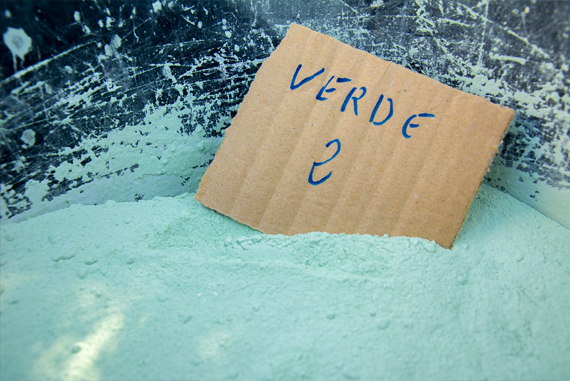
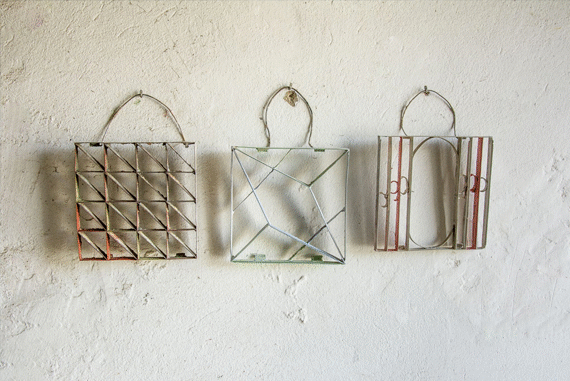
Bert & May's encaustic tiles are made from a mixture of sand, cement and natural pigments, with crushed marble added for durability and a distinctive raw finish. The organic, mineral-based pigments are collected from natural sources and give a unique chalky finish and a softer colour than anything manufactured. Using natural mineral pigments also means the colour won't fade over time as synthetic pigments can. The fine, loose powder has a semi-transparent nature and matt finish.
Each tile is created using a bespoke metal mould, which is made specifically for that design. The tile factory, which specialises in traditional techniques, had closed down when Bert & May founder Lee Thornley met the owner back in 2008 when he was building his hotel in Seville. Lee and the factory decided to create handmade designs inspired by the reclaimed tiles that he had sourced for the hotel. The factory reopened in 2010 and now makes over 25 tile designs for Bert & May, each available in a number of colourways.
Hand Poured
In The Press
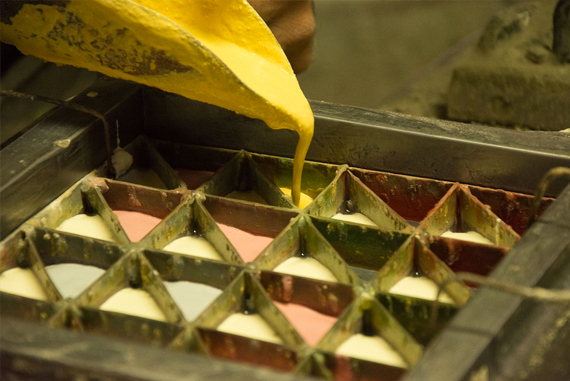
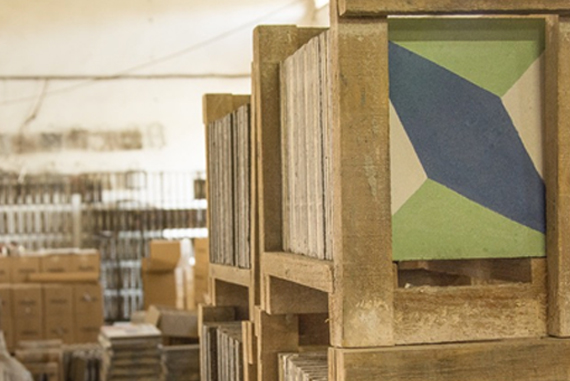
The coloured liquid cement is hand poured into the sections of the mould to create each distinctive pattern. Each tile takes around five minutes to make, and one craftsman typically produces a maximum of 150 tiles a day.
The tiles are manually pressed with a hydraulic press, dipped in water for four to five hours and left to dry in the Spanish sun for two weeks. Once dry, the finished tiles are packed and sent to the Bert & May yard in Yorkshire.
Stock Availability
Cancel



